Reportar esta entrada
Más sobre la misma comunidad-colección
Argyria Louise White, 5 meses de edad
There were a number of families named White living in El Paso at ...
Henry M. Walker - Secretario de la Union Laboral Central de El Paso
Henry M. Walker served in 1898 in Galveston, Tex. as president ...
Jardín entre planta eléctrica y bodega mirando hacia el este.
Possibly the power plant on Santa Fe St. You can see a wooden ...
Planta de energía eléctrica hacia el suroeste.
A beautiful brick building with power lines strung everywhere. ...
Primera en graduarse de la unica escuela secundaria en El Paso
Image caption: Kate Moore was one of two members of the first ...











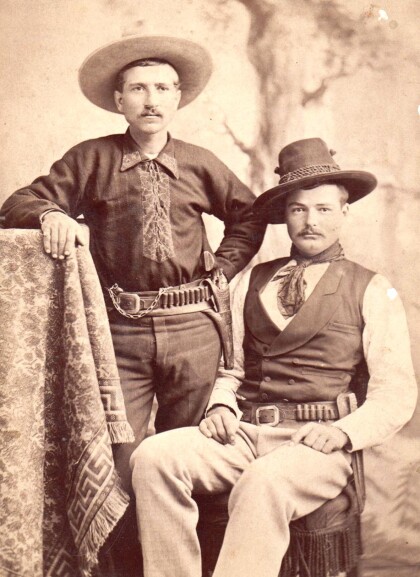
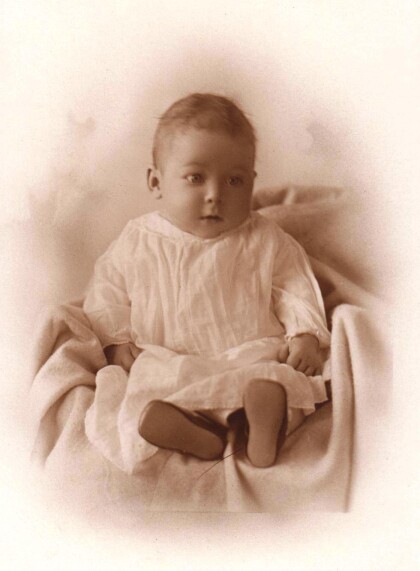

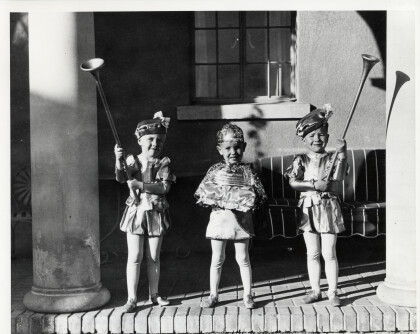
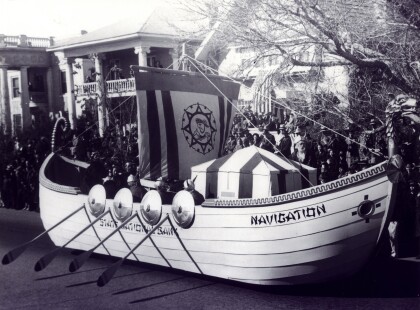
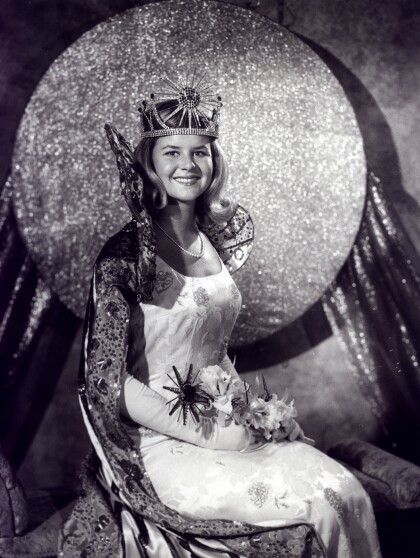
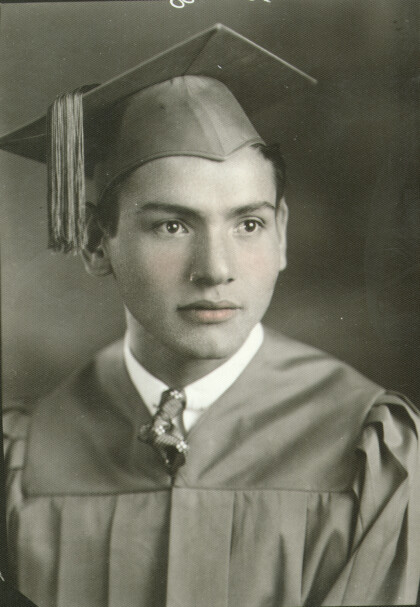
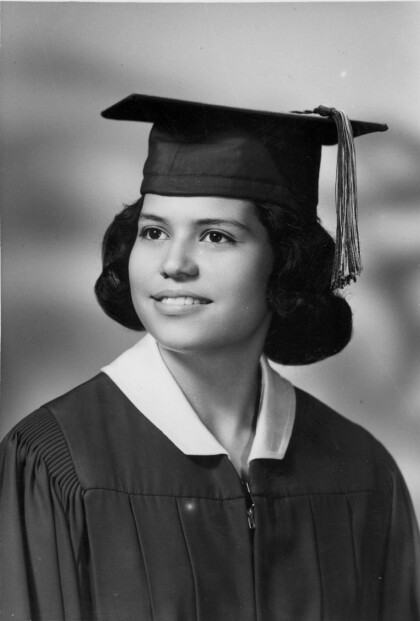
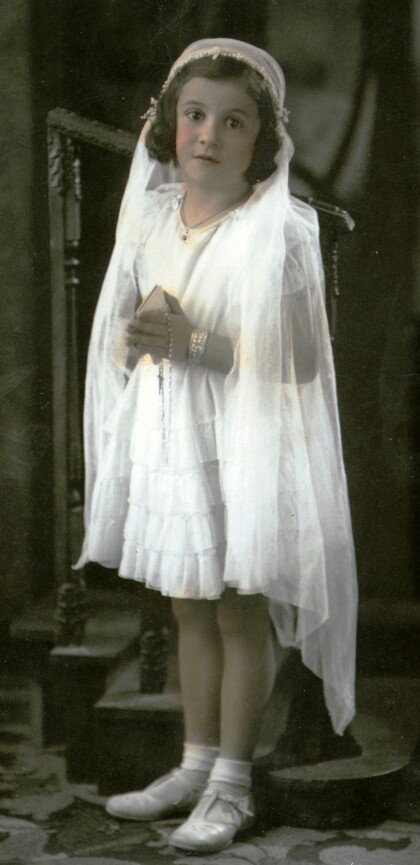
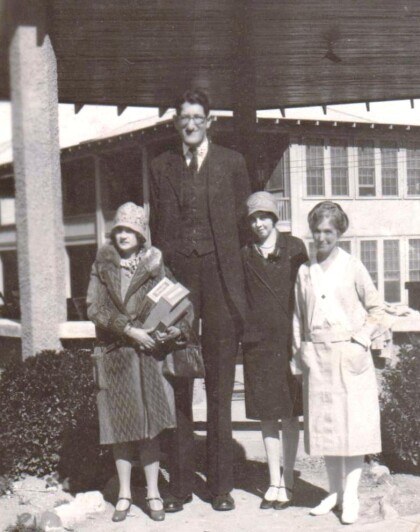
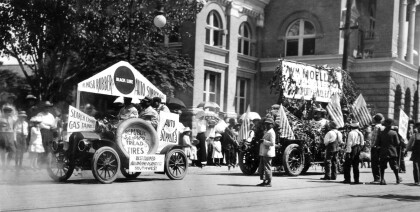
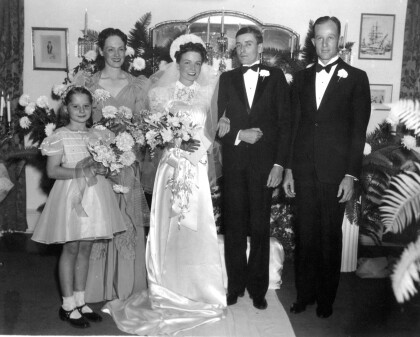
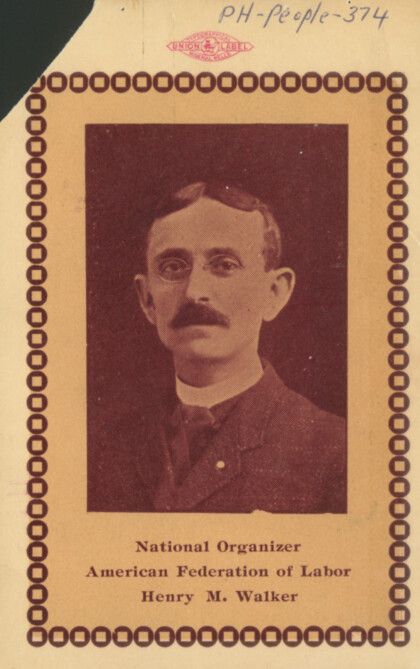
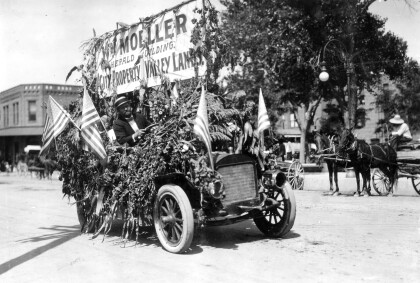
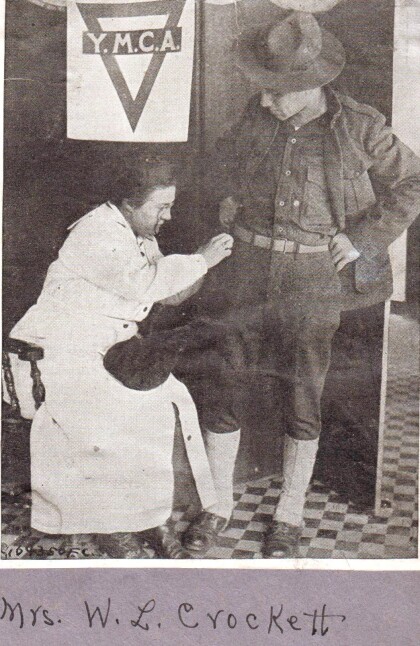
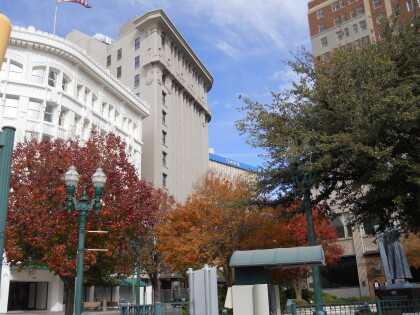
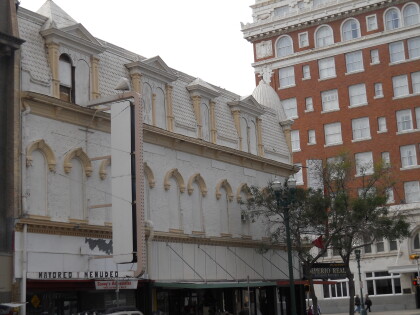
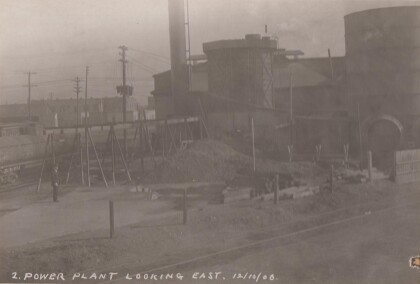
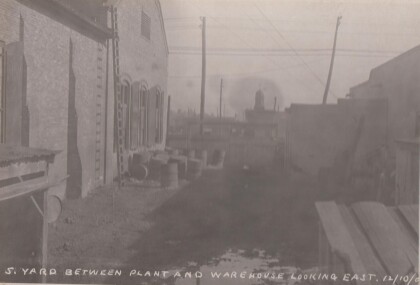
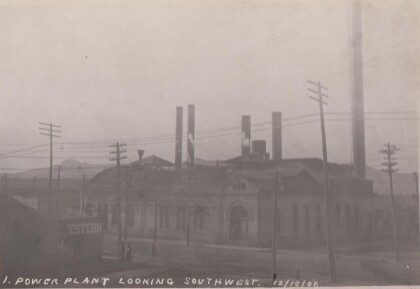
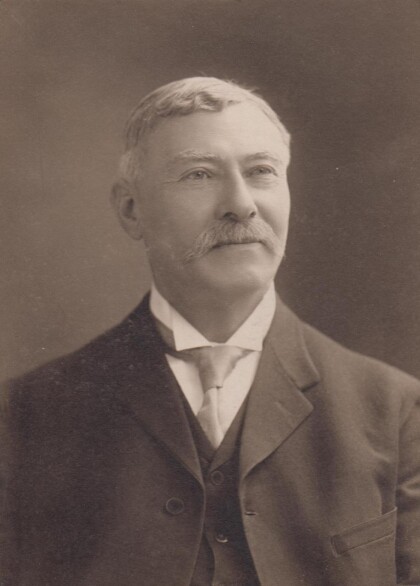
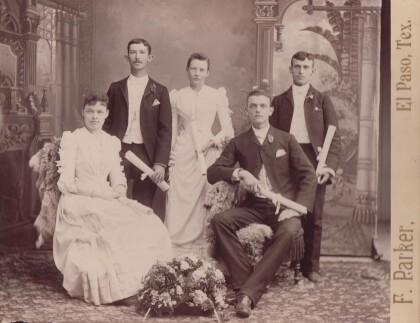
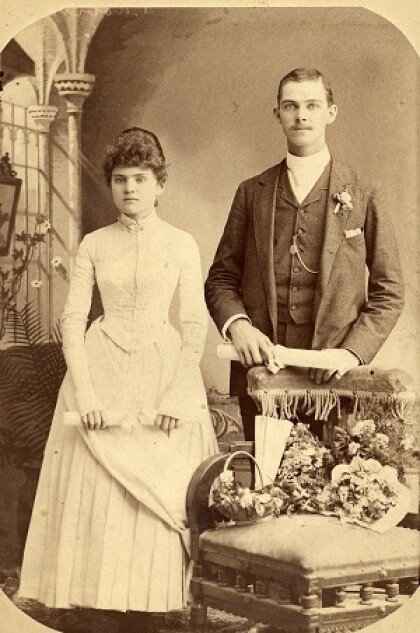
Comentarios
Hacer un comentario